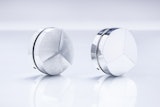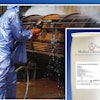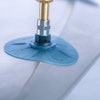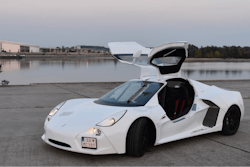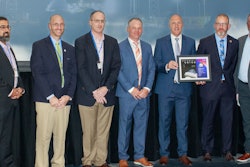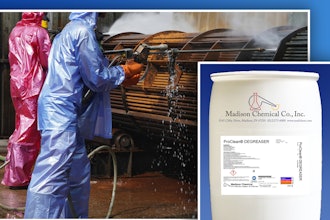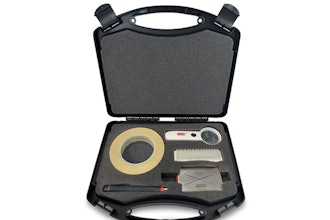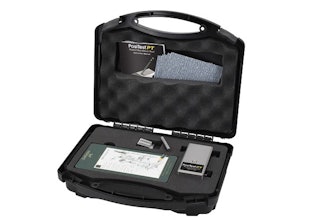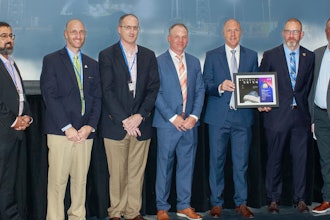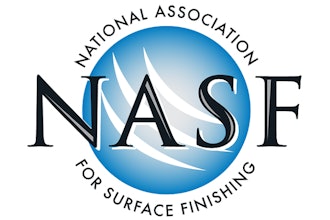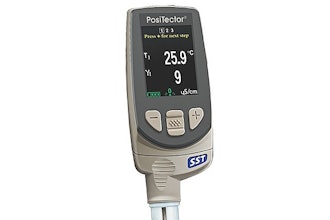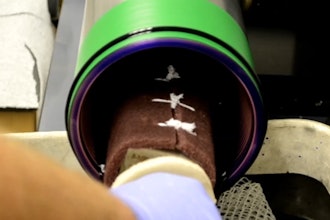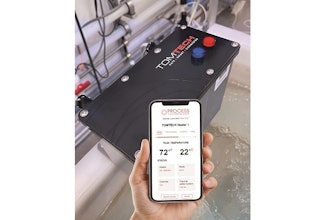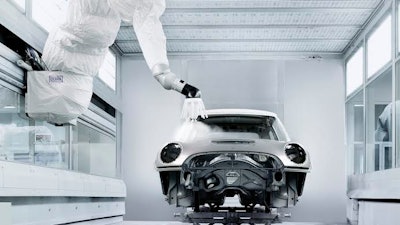
Finishing World: Dürr recently installed its 10,000th paint line robot. With the first being implemented back in 1998, what can you tell us about the differences in automotive production -- specifically finishing -- between then and now?
Dr. Schumacher: As modern 3-wet or primer less paint processes cannot be operated manually, today the automotive industry is fully automated in the paint shop. In 1998 machine technology was state-of-the-art in painting of the car body exterior. In interior painting the process was still manually operated.
The atomizers were working on a bell/air process, which means that air atomizers with a much lower efficiency were used. With the implementation of robots, the process as well as the painting path on the car bodies became much more flexible. The robots from now on worked with a reduced number of atomizers, drives and application components. The robots had less paint and solvent loss and met far higher demands in quality and first run rates.
The former paint shops also had disadvantages in the supply of individual colors. Modern paint supply systems with pigging technology only consume one-tenth of paint and flushing agent compared to former systems for these special colors.
New is also the use of 2 component clear coat. The former 1-K material was not that resistant against scratch and chemical influences than modern clear coating material is.
Finishing World: Which types of customer critical issues impacted the upgrades to the EcoBell atomizer? Which improvements do you see to be the most impactful?
Dr. Schumacher: In recent years Dürr achieved in the U.S. essential improvements with the upgrades of existing paint shops to EcoBell atomizers. The customer’s interests were in improving the paint quality and in reducing the paint and VOC consumption.
With the upgrades our customers realized an increased transfer efficiency of 30-40%. In our case studies we proved the reduction of paint usage by an average of 29% per vehicle. In this way our customers improved the paint coverage and the quality especially in recessed difficult areas. As overspray on booth walls, windows and robot covers decreased, the result was also less cleaning time and longer service live of the robot covers.
In our case studies we also demonstrated an increased productivity, in terms of 18% shorter cycle time in interior painting.
In more recent years Dürr initially optimized the bell-shaping air system on the high-speed rotation atomizer of the EcoBell family. In order to reduce the material usage for paint application, the spray jet can be aligned with exact focus on small surfaces like we have it in the vehicle interior, in plastic part painting and in exterior painting of pillars.
The introduction of water-based paints, now widely used all over the world, has greatly contributed to a reduction of VOC emissions. Water-based paints contain few organic solvents and are very environmentally-sustainable. These paints are regarded as durable and yield impeccable results.
High-speed rotation atomizers with electrostatic paint charging ensure an even application of water-based paint. In order to apply the procedure with low overspray losses to interior painting as well, a compact atomizer was needed to quickly and easily reach all surfaces. To answer this need, Dürr has expanded its product family by adding the high speed rotation atomizer EcoBell3 Ci without a complex voltage block system.
Finishing World: Automotive production is often thought to be on the cutting edge of manufacturing efficiency and technology. When it comes to paint/coatings, how is automotive leading the charge?
Dr. Schumacher: Modern automotive paint application technology has highest demands on quality, availability and efficiency in all sections of the paint processes:
due to intelligent processes, high reliability, and a high first-run rate;
due to low VOC emissions and low paint loss in the application equipment.
Painting is the source of the highest VOC emissions by far and the largest energy consumer, and will remain so for the foreseeable future. Painting accounts for almost 100% of all VOC emissions in an automotive plant and for more than 50% of all energy consumption.
Despite that, significant progress has been made in recent years in reducing emissions and energy consumption. This was achieved by increased use of compact painting processes with water borne paint that goes without the primer. Today, it is possible to reduce the VOC emission far below the permissible limit of 35 g/m². Also the3-wet-process with solvent based paint has significantly reduced the energy and CO2-consumption.
The worldwide annual auto production (passenger cars and commercial vehicles) increased from 60 million units in the year 2000 up to 90 million units in 2015. The overall paint consumption per year remains at a constant level in that time. In other words, paint consumption has been reduced by almost 33%. This was achieved because of the improvements in efficiency of the application technology. Color changers with reduced paint losses, high efficient dosing pumps and atomizers with less overspray means that the manufacturer involves fewer resources, less residues, and less solvents emissions.
For more information on Dürr Systems, visit www.durr.com.
